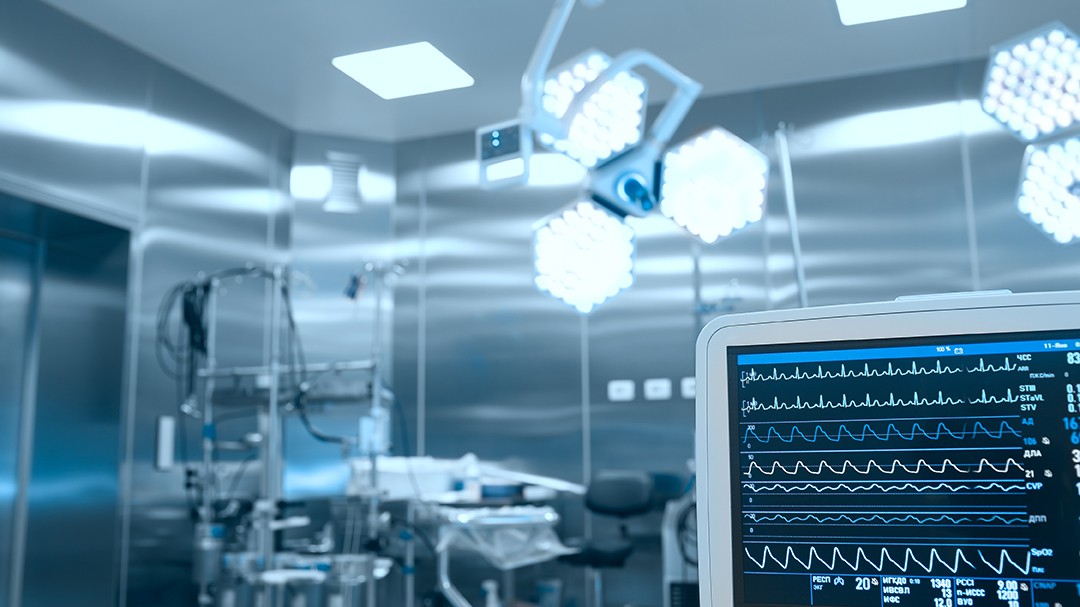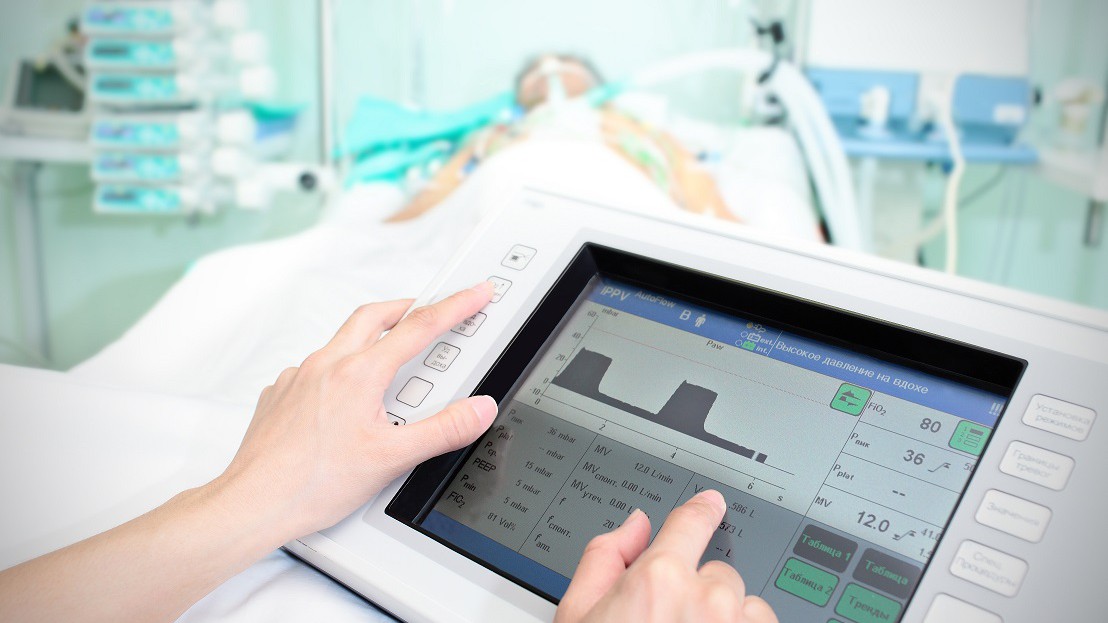Medical device manufacturers (MDMs) have their work cut out for them. Producing a medical device is one of the most arduous processes in the medical field; it takes meticulous design, several tests, verification, validation, retesting, proper documentation, and other steps to see a device turn from concept to fruition after years of work—not an easy one-and-done task! A lot of new medical device manufacturers may be struggling with the reins of understanding the process from A to Z, and mistakes can (and will) be made. That’s why it’s important to educate MDMs about one of the most important aspects of medical device manufacturing—ensuring that the computers used on their devices are true medical computer systems and not computers you’ll find down the street in a retail store. Here are a few reasons why MDMs should steer towards these kinds of computers.
Software Certification—Test, Test, and Re-Test
Software in the medical world is ever-improving, but it’s a heavy burden to release a new build for a medical device. The problem is it’s difficult to re-certify the software as new builds need to go through rigorous quality testing in order to be approved on hardware. This first assumes that the original software build for the original product has passed all regulations. The FDA advises that software development for all medical devices requires proper planning, verification, testing, traceability, configuration management, and other aspects in order to have a proper approach for software builds. There’s still a matter of verification and validation too; validation is a process of ensuring the proper software is being built, while verification ensures the proper software is being built correctly. This constant testing and quality assurance can take several months to years to complete just to upgrade the software to a newer fieldable build. Consumer-grade hardware typically turns obsolete by the time these processes are finished—what then?
It’s much easier for a medical device manufacturer to stick with a software build that has already been approved and match the hardware to the software. That’s why a lot of medical device manufacturers adhere to purchasing medical computers with long product life cycles. Software might be developed to run on a specific operating system or with an older aspect ratio. They might require specific ports to integrate a device into. With the ever changing landscape of the consumer computer market, a MDM’s software could become incompatible with the latest and greatest consumer tech in a short time. That’s the reasoning behind longer product life cycles—so device manufacturers aren’t trying to keep up with the ever-changing consumer market. Medical computers typically have a much longer life cycle than their consumer counterparts, making them ideal for MDMs.
Patient Safety Comes First
Imagine being in the middle of a procedure like an endoscopy, or laying in an MRI machine and a surge of electricity shorts out the machine. These types of events are exactly what the FDA is trying to prevent when they are certifying new devices for near patient use. The International Electrotechnical Commission (IEC) is an organization that certifies the safety and performance of medical electrical equipment. Commonly known as EN60601-1 (in Europe) or UL60601-1 (in The United States), MDMs are required to meet these certifications in order to be approved for near patient use. Seeing how no commercial grade computers meet these standards, MDMs are faced with two choices. One option would be to purchase isolation transformers, figure how to integrate those with their computers, and then integrate that with their device, get the device tested, at which point, there is still no guarantee that all the pieces would pass certification. The other option is to purchase a medical grade computer that is already IEC60601-1 certified.
It is important, however, for an MDM to make sure that the hardware partner they are working with is actually 60601-1 certified. This is the only true measure of a medical grade computer. With a medical grade computer, there is less design work that needs to be done and testing is often less expensive and time consuming.
Just these two hardware aspects of medical computer systems hopefully give a glimpse into the lengthy, thought-provoking process that medical device manufacturers endure to market products to hospitals and clinics. Without the right hardware, the process of developing a medical device can turn costlier, longer, and present more roadblocks for MDMs in the future. The best idea when in the development stage is to find the right medical computer system customized with all the necessary features needed to run the device without problems. In a nutshell, struggle less with the right computer. Contact us to learn more.
Why OEM Medical Device Manufacturers Are Utilizing Rugged Tablets to Improve Medical Grade Technology
January 14, 2016
Healthcare is a demanding field and relies heavily upon utilizing the best, most up-to-date equipment to help doctors and nurses provide the highest quality medical services. As advances in how procedures are…
0 Comments3 Minutes
For Medical Device Manufacturers, Compliance Can Hinge on your Technology Partner
October 12, 2017
There are constant revisions to compliance in the medical field; Wikipedia cites that the FDA recently released several regulations to medical devices and how they handle sensitive patient data. Cleanliness,…
0 Comments5 Minutes
4 Things Medical Device Manufacturers Should Look for in a Tablet
July 26, 2018
Medical device manufacturers create a variety of tools and instruments that make vital procedures possible: anything from endoscopes to X-ray machines. In many cases, a tablet is required to act in conjunction with…
0 Comments7 Minutes
You Can't
Learn from a Pop-up
But we can deliver knowledge to your inbox!
We dive deep in the industry looking for new trends, technology, news, and updates. We're happy to share them with you.
Knowledge, News, and Industry Updates Right in Your Inbox





